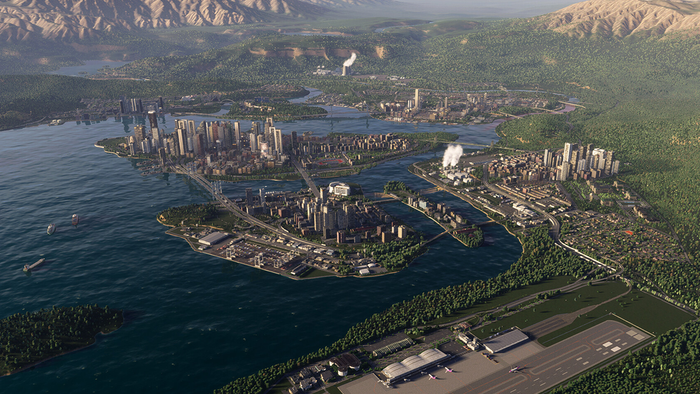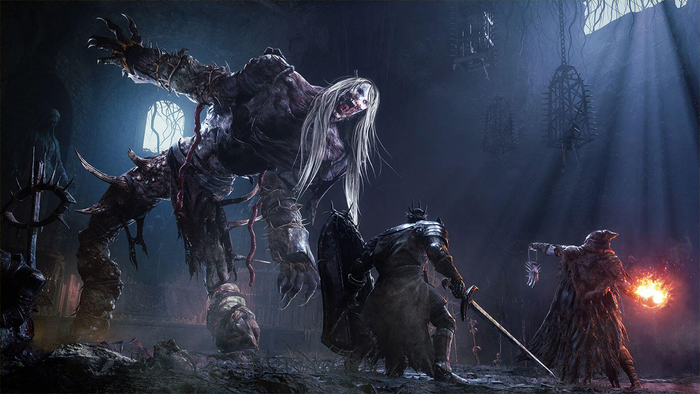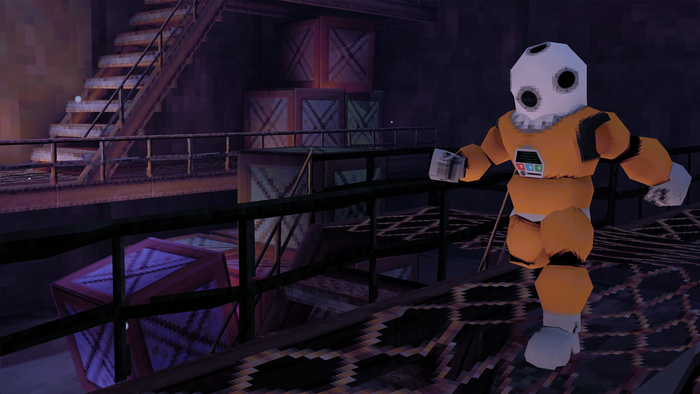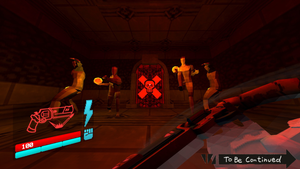Sponsored By
News
Key art for 2023's Cantata.
Business
Modern Wolf lays off six staff in studio restructuringModern Wolf lays off six staff in studio restructuring
The publisher's cuts come nearly a year after the launch of Cantata in mid-2023, and it's yet to release a game in 2024.
Daily news, dev blogs, and stories from Game Developer straight to your inbox










































